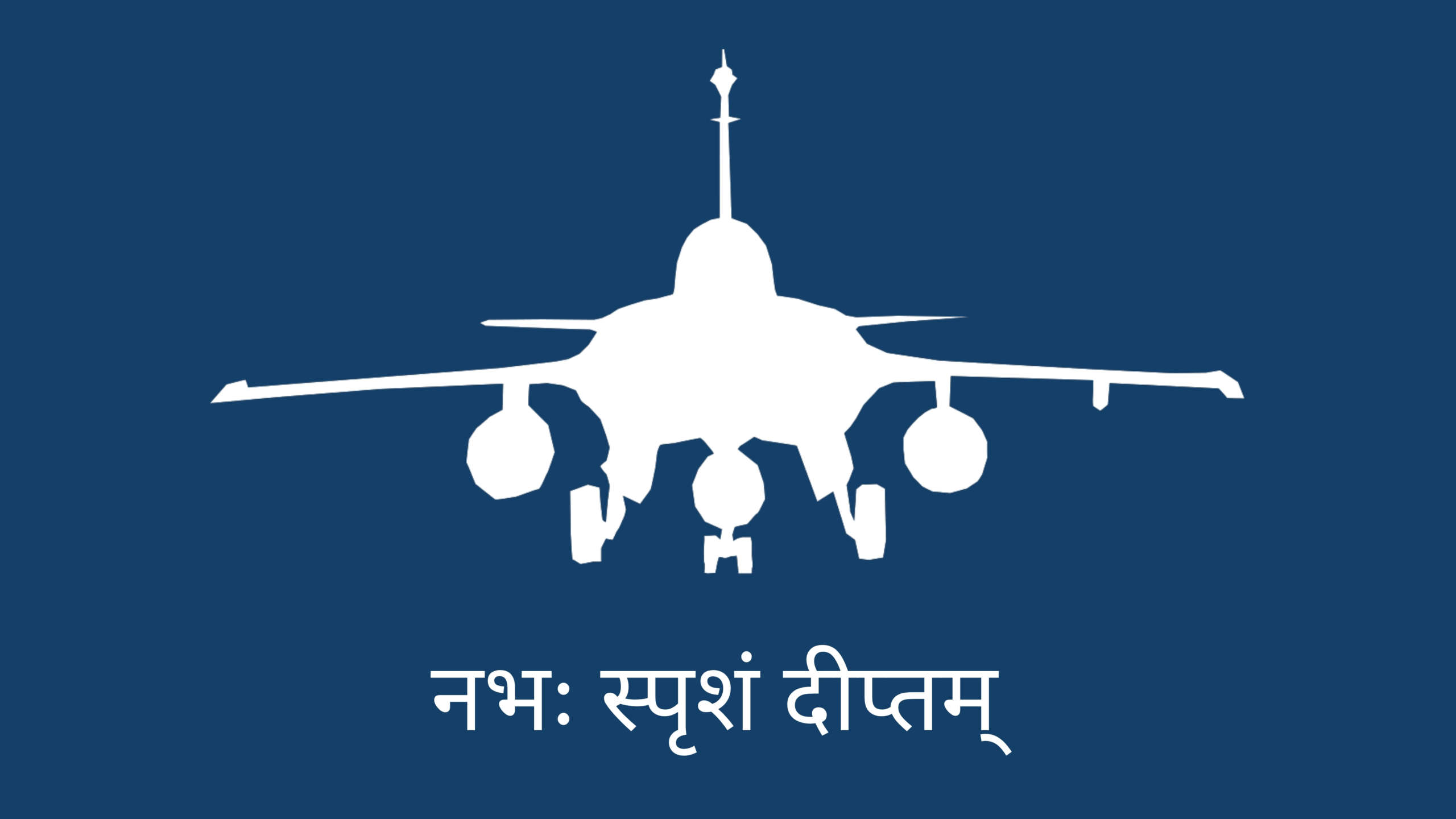The intrusion of China in the Galwan valley flared up Indo-Chinese border. India is exploring the diplomatic channel while preparing itself for other eventualities by executing strategic deals like that of Rafale.
By Kislay Ranjan, Senior Manager – Strategic & Foreign Relations Practice
India is again standing at a crossroads with China. The intrusion of China in the Line of Actual Control (LAC) led to the fight in the Galwan valley flaring up the border. The government of India is still exploring the diplomatic channel. However, it needs to prepare for other eventualities too.
In this time of pandemic and economic slowdown, no rational country should opt for a full-blown war. More so, as both are nuclear power states with considerable armed force. In that case, a limited engagement on a border can happen, forcing the other nation to retract its position and accept the status quo henceforth. India needs to be prepared for this scenario and, it is airpower shall play a critical role in ensuring that we have a higher ground at the end. The role of airforce around the world has changed a lot. At first, it was deployed by Italy in the Italy-Turkish war of 1912 as a bomber.
Today, it has evolved for complex combat operations as well as reconnaissance activities. It has remarkable precision of attack and also the ability to capture strategic movements across the enemy lines. That makes it indispensable to any strategic framework of a country. The same stands true for Indian Air Force and India. Indian Air Force’s (IAF) motto is Nabha Sparasham Diptam ( Touch the sky with glory). In Chapter 11 of Srimad Bhagavad Gita, where this motto is taken from, Lord Krishna showed his divine form to Arjun which touched the sky and evoked fear and loss in the mind of Arjun. IAF aspires to have a similar encompassing effect on its adversaries in its pursuit to protect the nation. From the first sorties of its Dakotas in 1947 for safeguarding Kashmir to unleashing Mirage-2000 in the Kargil War in 1999, IAF has repeatedly aspired to reach this motto. It also proved its prowess across the borders when it deployed Mi-25 attack helicopters in peacekeeping missions in Congo in 2003 and Mirage-2000 with Sukhoi SU-30 MKI in Balakot Strike in 2019. However, with time, it is getting increasingly difficult to catch up to the challenges of the neighbourhood. According to an assessment, India needs at least 42 squadrons to face the combined threat from China and Pakistan. However, at present, India has 30 Squadrons. Also, even this number is not fully functional as some fighter aircraft like Mig-21 are expected to be phased out in the coming years, India needs this upgrade in the airpower more than ever as deterrence or as a preparation for a small battle. Rafale is a significant boost in that direction. Rajnath Singh, the Defense Minister of India, underlined this fact when he spoke of the importance of this induction in the current situation which India is facing at its border.
To bridge this gap, the government in 2012, gave tender to Dassault Aviation to deliver 126 Rafale aircraft. However, the process of delivery kept on getting delayed due to various reasons. Finally, in 2015, PM Modi went for direct order of 36 Aircraft during his visit to France.
Rafale is a medium multi-role combat aircraft which is only half a generation lower than the F-22 raptor of the US. Under the deal, India has been able to add specific modifications like radar warning receivers, low-band jammers, and infra-red search and tracking systems. Also, Dassault promised to transfer 50% of offsets to Indian manufacturers. This clause shall give a boost to the Make in India initiative. India realizes that defence imports cannot be a sustainable way to approach this problem. However, India only could order thirty-six aircraft and it has received five till now. The technology transfers under the offset clause are also pending. This lack of transfer has hampered the development of an indigenous engine( Kaveri) for Light Combat Aircraft by DRDO.
India has tried to manufacture indigenous aircraft to meet its needs. It is developing Tejas Mark II, a multi-role aircraft that is touted to beat Rafale. It is supposed to be ready by 2022. However, the constant design change requests may delay the delivery of the aircraft. Other Tejas family aircraft like SP-22 and SP-23 is also going to be delayed due to COVID-19. Also, despite being the third-largest military spender, the bulk of its money goes to the pensions and salary and that leaves very little military modernization. In the current economic downturn, this spending will be tough. However, the government will have to address it to ward off for the country to secure its interest.

